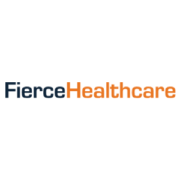Hospital Impact—A guide to a healthcare provider bankruptcy case
By David A. Samole
Over the last few years, increased competition and reimbursement landscape challenges have led some hospitals, health systems, physician groups, assisted living facilities and other providers to file for bankruptcy.
For the remainder of 2017, due in part to the current uncertainty in the healthcare industry and its legislative oversight, more financially distressed providers are considering Chapter 11 bankruptcy to effectuate closures, consolidation, restructurings and related transactions.
Compared to a typical Chapter 11 bankruptcy case, providers confront additional parties and issues with respect to patient care and records, government receivables, reimbursement litigation and payer disputes, and other transactional aspects of their business.
To help make sense of it all, here is a rundown of what to expect:
The patient care ombudsman
Healthcare provider bankruptcies differ from standard Chapter 11 cases, as they address unique issues regarding patient care, record keeping and privacy rights, at times with intermediary oversight by a court-appointed patient care ombudsman. The Bankruptcy Code requires the appointment of a patient care ombudsman within 30 days after commencement of a “healthcare business” bankruptcy case, unless the court finds that an ombudsman is not necessary for the protection of the patients under the circumstances of the case. The ombudsman must report every 60 days regarding the quality of patient care. The fees of the ombudsman are paid by the bankruptcy estate and are entitled to administrative expense priority.
Government and private insurance company payers
Healthcare provider bankruptcies are complicated by disputed bankruptcy court jurisdiction over the provider reimbursements and payer claims reconciliation process relative to exhaustion of administrative remedies, the automatic stay, and setoff and recoupment rights, as well as disputing the treatment of provider agreement obligations in free and clear sales and/or assignments of executory contracts under Sections 363(f) and 365 of the Bankruptcy Code.
Pledging government receivables as collateral
Receivables owed from payers are often pledged as collateral to providers’ lenders. However, government account receivables are subject to federal and state “anti-assignment rules,” which require Medicare/Medicaid payments be deposited to accounts controlled solely by providers. As such, parties have government receivables deposited directly into providers’ bank accounts, and then government payments are swept daily into a second deposit account under lenders’ control.
In bankruptcy, lenders must stop these cash sweeps due to the Bankruptcy Code’s automatic stay. Chapter 11 providers and lenders enter into cash-collateral agreements subject to bankruptcy court approval, which provide for adequate protection payments and/or negotiated budgets.
Jurisdictional disputes with payers
The federal government and its contractors routinely withhold Medicare/Medicaid payments upon determining providers have been overpaid on prior claims. Under 42 U.S.C. § 405(h), federal courts may take jurisdiction over Medicare disputes only after a party exhausts applicable appeal processes within the Medicare system. Federal courts are split about whether this exhaustion of administrative remedies requirement applies in bankruptcy cases. A provider in bankruptcy currently has a petition on file with the U.S. Supreme Court for certiorari review of this issue.
Forum disputes also exist between network providers in bankruptcy and insurance company payers, as most contracts contain arbitration clauses and administrative remedies provisions. Courts disagree on the enforcement of these clauses in this context.
Payer take-backs as setoffs or recoupment
Government payments to providers are made on an interim basis under a prospective reimbursement system, resulting in payments before a determination that services rendered are covered and costs are reasonable. Based on this prospective payment system, many courts find subsequent take-backs are recoupments as part of a single, integrated and ongoing transaction between the government and provider. Insurance company payments are not made on a prospective reimbursement system where claims are vetted and approved prior to initial payment.
Yet, there are instances of payment error that trigger requests for overpayment reimbursement. Many insurance company payers resort to unilateral take-backs where they apply asserted reimbursement overpayments against a more recent valid claim of an unrelated patient. Many courts find insurance company take-backs are setoffs instead of recoupments.
This distinction between setoff and recoupment is important because setoffs are subject to the Bankruptcy Code’s automatic stay, and setoff obligations may be sold free and clear in bankruptcy sales merely attaching to sale proceeds, but not applied against a bankruptcy purchaser. Recoupments are not deemed property of the estate and may not be discharged in bankruptcy sales or plan confirmations. Both setoff and payer recoupment actions remain an equitable remedy subject to judicial determination upon challenge by a provider.
Sales of provider numbers free and clear of government payer claims
The relationship between Medicare/Medicaid programs and providers is captured in written provider agreements, which afford providers licenses/numbers to participate in Medicare/Medicaid’s prospective reimbursement program. The government argues in bankruptcy that provider agreements are executory contracts subject to the Bankruptcy Code requirement that obligations (the overpayments) must be cured before assumption and assignment to purchasers/assignees.
Providers/purchasers argue that provider licenses/numbers are not executory contracts and are licenses/assets that are sold free and clear of overpayment obligations. They argue provider licenses are not negotiated agreements like most contracts, but are regulatory form applications completed and approved by the government.
However, when government overpayment actions are deemed recoupments, this usually obviates the executory contract issue because, as noted above, many cases hold that a bankruptcy sale cannot extinguish that claim against the purchaser. Thus, settlements and work-arounds often are accomplished, such as setting up a portion of the sale proceeds in escrow or setting up a waterfall overpayment recovery scheme from: sale proceeds, then other bankruptcy estate funds on hand and finally perhaps a budgeted annual-capped amount from the purchaser.
Takeaways
Healthcare provider Chapter 11 cases are multifaceted with additional parties and issues than standard Chapter 11 cases. The playing field is changed for providers and payers in Chapter 11 cases, affecting the landscape of reimbursement litigation and payer disputes.
Providers should aim to move the case to the sale and/or Chapter 11 plan process expeditiously where the jurisdictional, license and setoff-recoupment issues can be teed up and addressed in short order, during which time patient care can be properly maintained pending litigation and further settlement discussions with the creditor constituents.
David A. Samole is a partner at KozyakTropin& Throckmorton, LLP in Miami, Florida. He focuses his practice on healthcare litigation, corporate bankruptcy and insolvency-related litigation matters. He represents healthcare providers in disputes with managed care companies and government payers as well as parties in corporate reorganization, liquidation, workouts and financially distressed transactions. He may be reached at das@kttlaw.com.
Click here for the original article.


